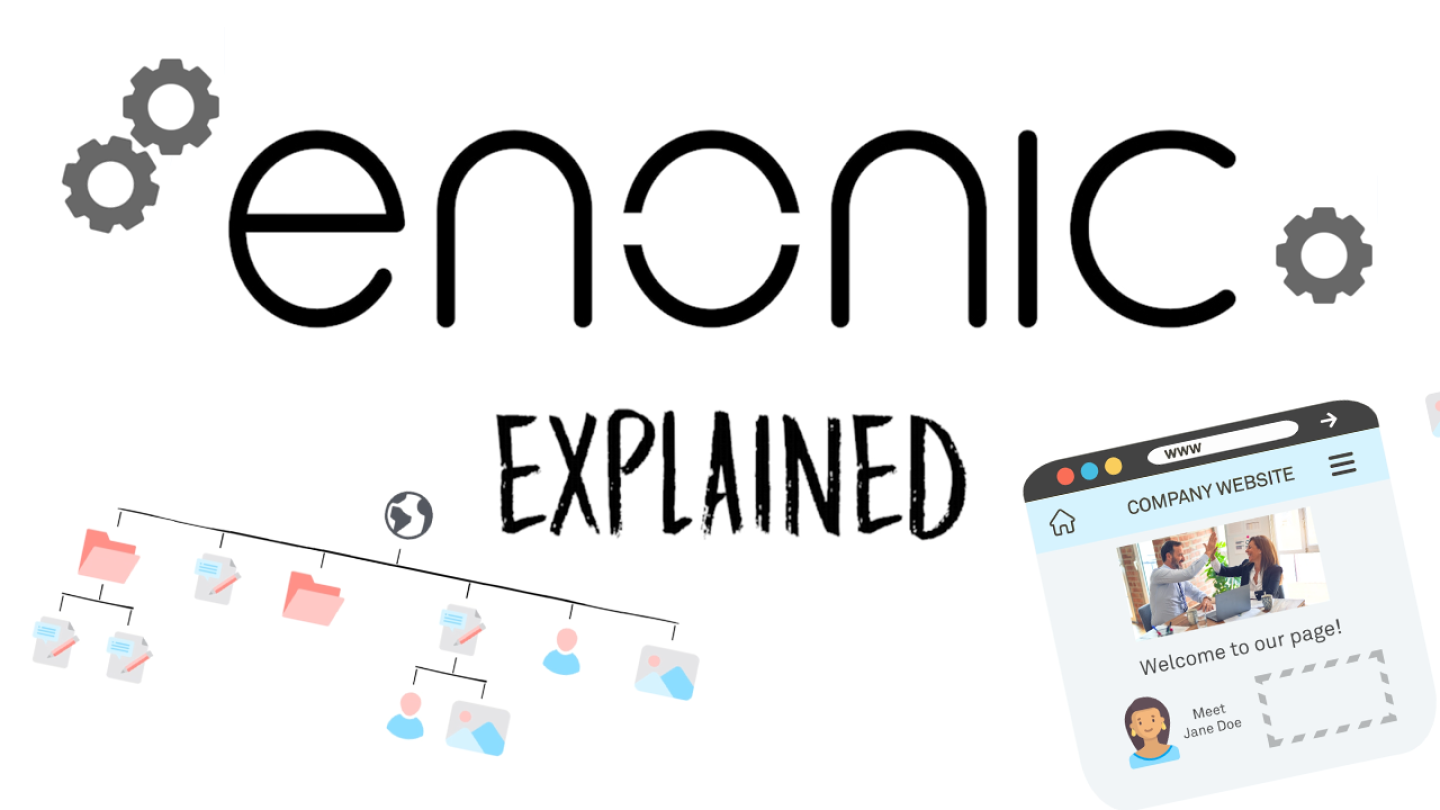
Enonic: Platform for the Future
Why should you consider Enonic? It is ridiculously easy to set up, has everything you need, and not all the stuff you don't need.
Written by Morten Eriksen on
Enonic is a Norwegian software company that develops and delivers the open-source digital eponymous platform.
On the Enonic platform, developers can create websites, apps, and APIs. These can in turn be hosted and scaled in our managed solution Enonic Cloud, or your own setup.
Perhaps you knew this already and are asking yourself “so what?” Many vendors offer CMS capabilities and fully managed clouds.
What sets Enonic apart?
Besides having an awesome ecosystem and community, Enonic is more than a simple CMS and cloud.
Simplifies Complexity
Enonic is headless to the core. The platform is built to present and reuse structured content in any channel and context, whether it is yesterday’s computer, today’s smartphone, or tomorrow’s wearable.
On the other hand, Enonic also features visual page editing, tree structure, flexible permission handling, and media management familiar to content editors used to traditional content management systems.
See also: How Enonic Can Be the Hub for Your Digital Experiences »
Enonic even offers flexible APIs for delivering to any channel of your choice. Enonic uses GraphQL, a complete API enabling front-end developers to control exactly what to fetch from the server and present in their applications.
Furthermore, Enonic is easy to integrate with other systems, for instance through pre-existing applications from the Enonic Market, or through APIs and the JavaScript MVC framework. There are also several pluggable features, like authentication and widgets.
The platform is both lightweight and powerful, as well as feature-rich and flexible at the same time. So Enonic can be dubbed traditional, headless, hybrid, and composable, all depending on your setup. This is why we call ourselves a Universal CMS.
Modern Technology
Enonic’s modern architecture is based on microservices principles, by providing a runtime, CMS, and a storage component. Unlike cloud based platforms requiring provisioning, Enonic uses apps to instantly get access to platform services like storage and search.
The runtime is capable of running multiple apps in a single instance, enabling modularization of a single “microservice.”
Don’t miss: Build a Fast and Modern Site with Next.js and Headless CMS »
Developer Friendly (Get Started Fast!)
Enonic is based on modern and widespread programming languages and technologies, like React and Next.js, and ships with a powerful developer SDK and CLI.
Together with the use of server-side JavaScript for application development, it is really easy for any web developer (PHP, .net, Java, Python, and so on) to quickly become productive with Enonic.
Enonic is also thoroughly documented and features an active and engaged community for sharing experiences and asking for help, on Slack and the online forum.
Content Editor Friendly (Become Productive Fast!)
Enonic’s content authoring tool Content Studio provides an excellent experience for content editors. It is responsive, has a neat content tree for quick navigation and content overview, and familiar keyboard shortcuts.
Other highlights include a powerful image handling tool, lightning-fast search, responsive and fully functional preview, visual page editing, and collaboration through issues management.
First published 28 October 2020, updated 19 November 2025.



